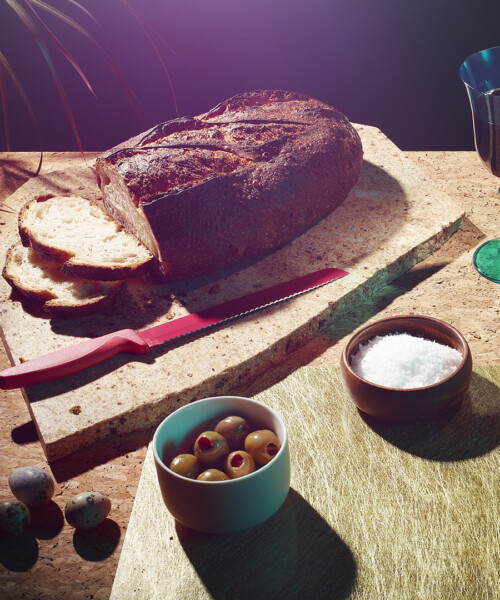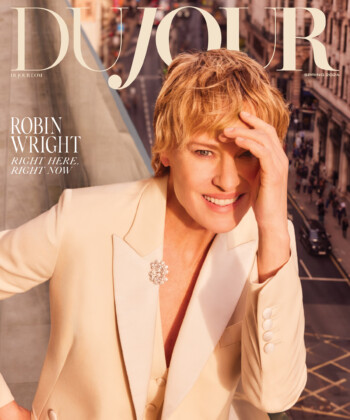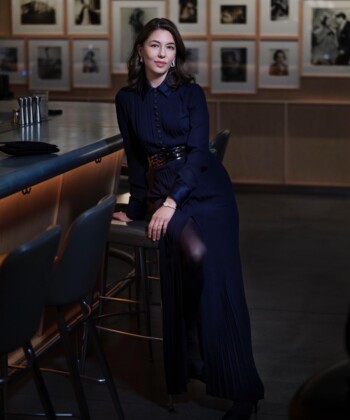It can take a minute to determine whether you inherited the “baking gene,” unlike those for high cheekbones or a full head of hair. You need a little time to develop a more nurturing side to your personality—an appreciation for life’s cozier things. I was spawned from a lineage of women who dazzle on the stove-front; the desire to bake should be in my breeding. And yet, aromas of warm bread emanate from my kitchen only when I’ve burned toast. When it comes to matters of hearth and home, it would seem that I’m rather half-baked.
My maternal grandmother could whip up a cake from scratch in less time than it would take to queue outside Magnolia Bakery. Owing to a “light hand,” her specialty was a Victorian sponge and her afternoon-tea table was a showcase of homespun elegance. Around the centerpiece of a china teapot were, varyingly, paper cases of fairy cakes, their delicate wings dusted with icing sugar and balancing on a soft mound of chocolate buttercream; a vanilla chiffon cake, sliced and triple-layered with homemade blackberry jam and fresh cream; or an exquisite duck-egg sponge, fragrant and pastel, with real lavender icing. Deftly mixing cake batter while selecting horses from the weekend racing form, my Nanna once advised me that I should start with a batch of scones as there was less chance of messing them up. Whether thoroughbred or thorough bread, her instincts were always stellar.
Then there’s my mother, who, with all the ripe, rustic instincts of a heavy-handed artisan, is a woman willing to get her hands dirty for her craft. With a masterly touch she double-handedly slaps and cajoles bread dough from a soggy mess to a pristine, breathing lump—watching her wrangle it is akin to watching a card shark shuffle. The most outstanding element of this domestic portrait is that my mom produces lumpy, crusty wonders from a sourdough bread starter she has been maintaining for the last 23 years. From what I am told, this is an impressive feat for a professional baker, let alone a recreational one.
For the uninitiated, a bread starter is a living, “breathing” culture that bakers use in place of commercial yeast to naturally leaven bread. A natural one is the plum ingredient to elevate the taste and quality of your loaf, and an age-old variety—one that has garnered ripeness over multiple years and environs—is a rare prize indeed. Conceived from stuffs as simple as flour and water, then allowed to ferment to a yeast-bacteria cocktail, the starter is the kitchen pet my mom will never let die. With regular feeding, “Flo” has lived to a ripe old age in our family—her growth slowed by the temperature at which she’s stored (kept on the countertop she requires a daily top up of flour and water; when refrigerated, she’s tended to a few times a week).
Like good wine, artisan bread is the refined product of its raw environment. And like great wine, its taste develops complexity over the seasons and absorbs the goût de terroir distinct to a particular period. I’m convinced our bread’s robustness speaks to the sweltering Australian summers or pollen-y springs of my youth. Then there’s the winter my father took to smoking a pipe and was banished to the garden for his habit. A dethroned lord of the manor, he would sit puffing in a bottomed-out lawn chair just under the kitchen window. It wasn’t sabotage, but loaves from that period had a smokiness guests couldn’t quite put their finger on. I like to refer to the baked goods from this era as the “Ready-rubbed Vintage of ’83.”
On a recent and rare visit home, I sat around the family table throwing back my mother’s raisin loaf with chunks of Gorgonzola and thin slices of pear. Savoring this home-fired manna, I looked at my three brothers from one to the other, and as I chewed, everything slowed. Contem-plating that we were as much a product of our mother’s nurturing as the bread we were breaking, I experienced a moment—just a small one—of overwhelming connectedness. As I watched her chatting at the end of the table, I got it. The commitment, the clucking, the devotion. I got it, right before it was gone.
But not completely. A couple of nights later, during a lively session of “What are you going to leave me when you die?” (an old chestnut I like to ignite on occasion to gratify my dark humor), my mom informed me that she was going to bequeath Flo to me. Needless to say, this time I was not amused. Angling for some heirloom jewelry, I had instead secured a breathing mound of bacteria. “I know you won’t let her die,” said my mother matter-of-factly. I looked at her and she at me, and that was that.
Having returned to New York, I still eat out at least two meals a day, no less than five days a week. But one of these days, it seems I may just inherit that baking bug after all.
Photo by Dan Saelinger/Trunk Archive





































